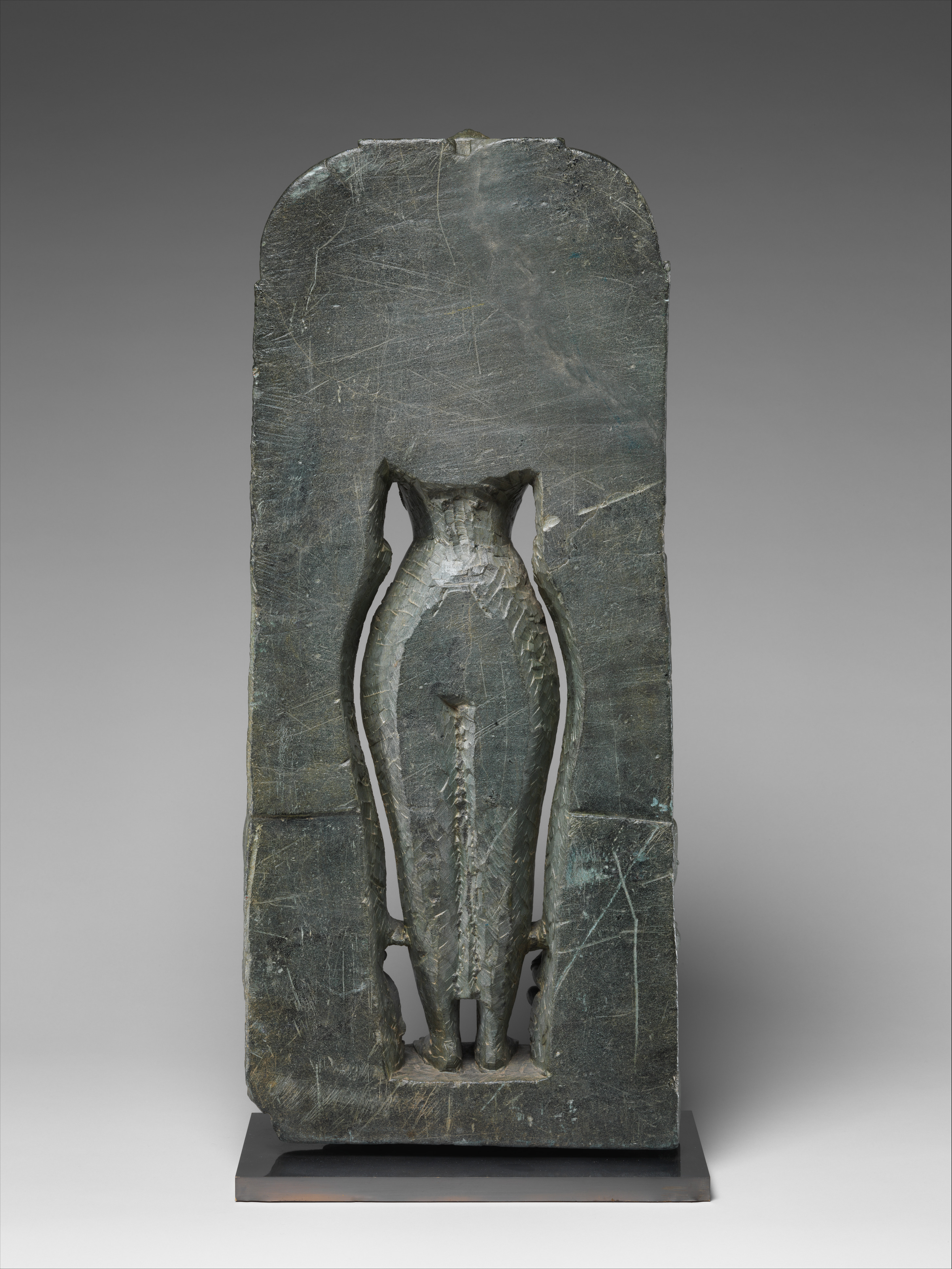Goddess Gauri
Central India, probably Madhya Pradesh
Not on view
Gauri, along with her manifestations as Parvati and Uma, is represented four-armed, and with a distinctive conical Shiva-associated jatamukuta composed of hair braids, is embellished with jewels, including makara earrings and beautiful body jewelry. According to the puranic and sastric sources, the goddess can be represented holding a variety of attributes, the most frequently cited being the gesture of granting boons, a rosary, trident or mirror, and a vase or gesturing protection, and accompanied by her children, Ganesa and Karttikeya. Here only one hand survives, and holds a lotus-stem upon which is a seated Ganesa. The depiction of Ganesa affirms her Parvati-Uma lineage. From traces of the now lost attribute, her upper right hand appears to have held a hooked staff sometimes associated with this goddess. She stands in symmetrical posture (samabhanga) upon a plain pedestal where a lizard-like creature is depicted, usually identified as an iguana. In this form Gauri is characterized as godhikavahini, ‘[the deity] riding on an iguana’. She is flanked by a pair of female celebrants standing in tribanga posture, and at her feet two kneeling female worshippers, presumably donors.
A further distinguishing feature narrows the textual source for this specific form of the goddess. The presence of four fire altars flanking the figure of the goddess indicate that this icon was composed on the basis of iconography described in the Agni-purana, a ritual prescription text devoted to purification fire rituals presided over by the Vedic deity Agni, god of fire.
This image cannot be enlarged, viewed at full screen, or downloaded.
This artwork is meant to be viewed from right to left. Scroll left to view more.



